In the world of billiards, mastering the art of striking the cue ball at precise points is what separates amateurs from seasoned players. The contact point determines not only the direction but also the spin, speed, and overall control of the shot. Whether you're playing pool, snooker, or carom billiards, understanding these nuances can elevate your game to new heights.
The Fundamentals of Cue Ball Contact
Every shot begins with the tip of the cue making contact with the cue ball. The most basic strike is the center hit, which sends the ball rolling forward without any spin. However, the real magic happens when players venture away from the center. Striking the ball above its equator—known as a top spin or follow shot—causes the ball to continue moving forward after hitting the object ball. Conversely, hitting below the center—a backspin or draw shot—makes the cue ball reverse direction upon contact.
Side spins, or English, add another layer of complexity. By striking the ball to the left or right of the vertical center line, players can make the cue ball curve or alter its path after colliding with another ball or rail. This technique is invaluable for positioning the cue ball for the next shot, a skill that often decides the outcome of a game.
The Physics Behind the Perfect Strike
Billiards is as much a game of physics as it is of skill. When the cue strikes the ball off-center, it creates rotational force, or torque. The friction between the ball and the cloth, combined with this spin, dictates the ball's trajectory. For instance, a well-executed draw shot reduces the sliding friction quickly, allowing the backspin to take effect sooner. Top spin, on the other hand, keeps the ball sliding longer before the forward rotation dominates.
The amount of spin is also influenced by the speed of the shot. A harder hit will generally produce more immediate and pronounced effects, while a softer touch allows for more gradual and controlled movements. This delicate balance between force and finesse is what makes billiards a game of endless depth and variation.
Advanced Techniques and Their Applications
Beyond the basic spins, advanced players employ combinations of vertical and horizontal strikes to achieve specific effects. The masse shot, for example, involves hitting the cue ball at a steep angle with significant side spin, causing it to curve dramatically around obstacles. This shot is a crowd-pleaser but requires precise control to execute consistently.
Another sophisticated technique is the swerve, where the cue ball is struck with both side spin and elevation, making it bend in the air before landing and continuing its path. These shots are not just for show—they are often necessary in tight situations where a straight shot is blocked.
Common Mistakes and How to Avoid Them
Many beginners struggle with miscues, where the cue tip slides off the ball instead of making clean contact. This usually happens when attempting extreme spins without proper chalk or technique. Ensuring the tip is well-chalked and maintaining a smooth, level stroke can prevent these frustrating errors.
Another frequent issue is overestimating the amount of spin needed. A little English goes a long way, and excessive spin can lead to loss of control and accuracy. Practicing with moderate spins first and gradually increasing the intensity is a more effective approach.
The Mental Game: Visualizing the Shot
Great players don't just rely on muscle memory—they visualize the entire shot before taking it. This mental preparation includes anticipating where the cue ball will land, how much spin will be needed, and how the object ball will react. This foresight is cultivated through years of practice and keen observation.
Even the most technically proficient players can falter under pressure. Staying calm and focused, especially in competitive settings, is crucial. The ability to execute precise strikes consistently is as much about mental discipline as it is about physical skill.
Equipment Matters: Choosing the Right Cue
The quality and type of cue can significantly impact your ability to strike the ball accurately. A well-balanced cue with a good tip allows for better control and feel. Players often develop preferences for certain weights, lengths, and tip hardness based on their playing style.
Experimentation is key. Trying different cues can help you find the one that complements your technique, whether you prefer powerful breaks or delicate spins. Investing in a high-quality cue that suits your game can make a noticeable difference in your performance.
Practice Drills for Precision and Consistency
Improving your striking accuracy requires deliberate practice. One effective drill is to place the cue ball on the spot and practice hitting it at various points, observing how each strike affects its movement. Another is to set up specific shots that require precise spin to pocket the ball and position the cue ball for the next shot.
Repetition is essential, but so is variety. Mixing up your practice routine with different spins, speeds, and angles will help you adapt to the unpredictable nature of real games. Recording your sessions and analyzing your technique can also provide valuable insights into areas needing improvement.
The Evolution of Striking Techniques
Over the centuries, billiards has evolved from a simple lawn game to a highly technical sport. The development of new materials for cues and balls, along with advances in understanding physics, has allowed players to push the boundaries of what's possible. Today's professionals routinely perform shots that would have been considered impossible a few decades ago.
This progression shows no signs of slowing down. As players continue to innovate and refine their techniques, the art of striking the cue ball will only become more sophisticated, offering endless opportunities for mastery and creativity.
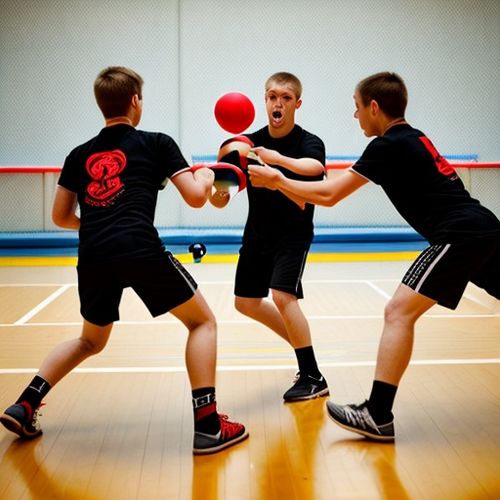
By Christopher Harris/May 8, 2025
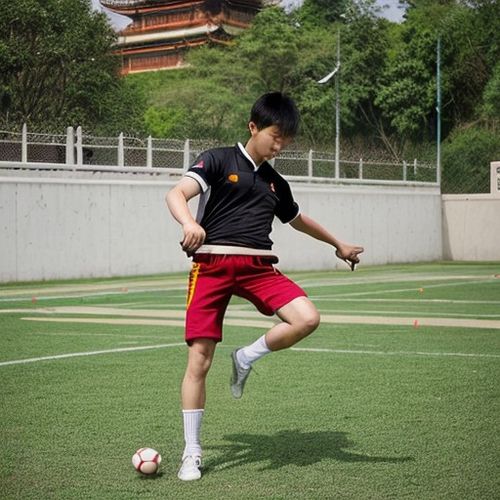
By Laura Wilson/May 8, 2025
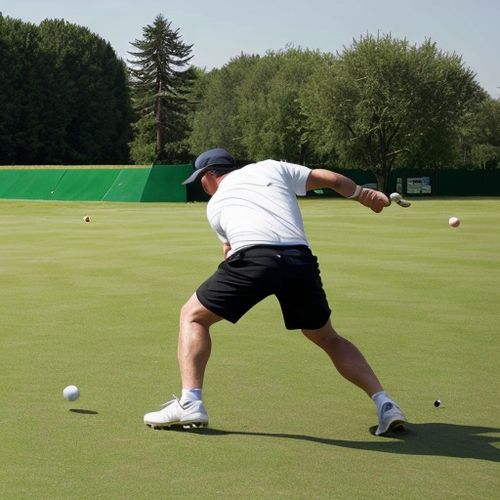
By Amanda Phillips/May 8, 2025
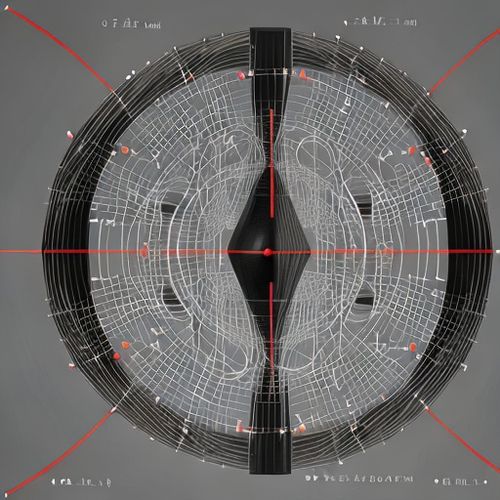
By William Miller/May 8, 2025
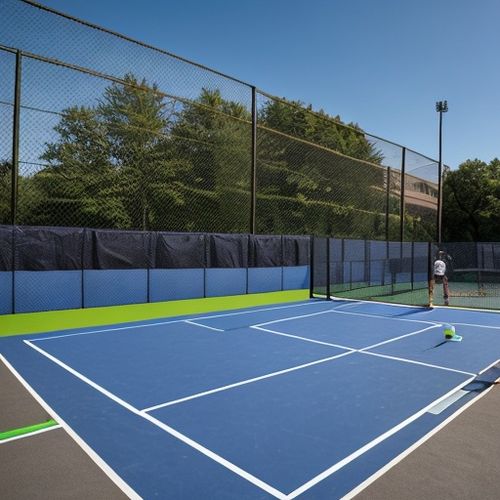
By Noah Bell/May 8, 2025
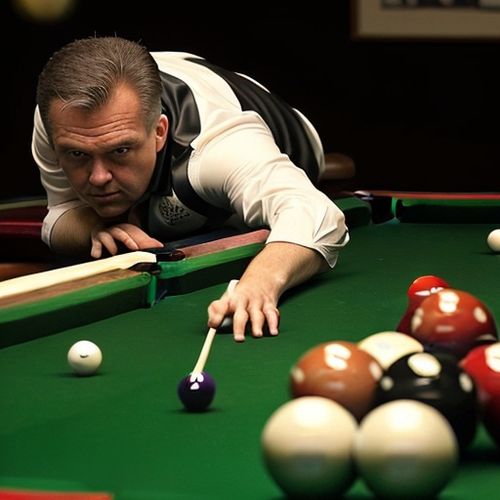
By Elizabeth Taylor/May 8, 2025
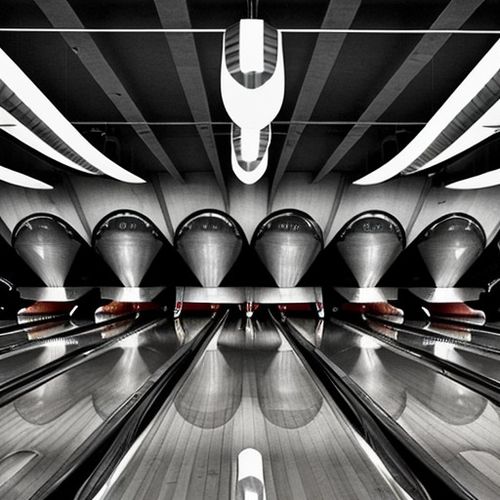
By Joshua Howard/May 8, 2025
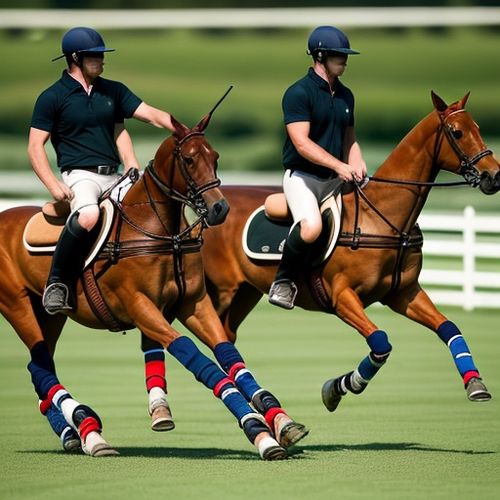
By Ryan Martin/May 8, 2025
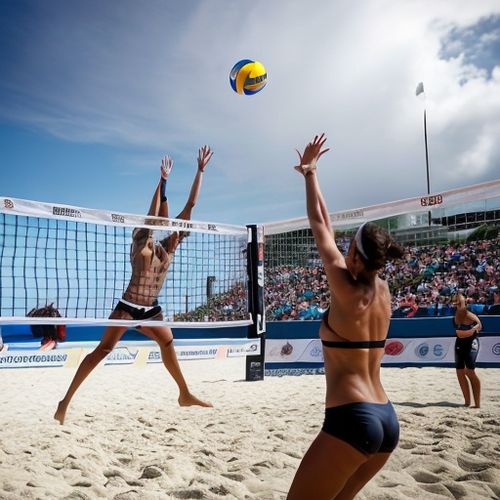
By George Bailey/May 8, 2025
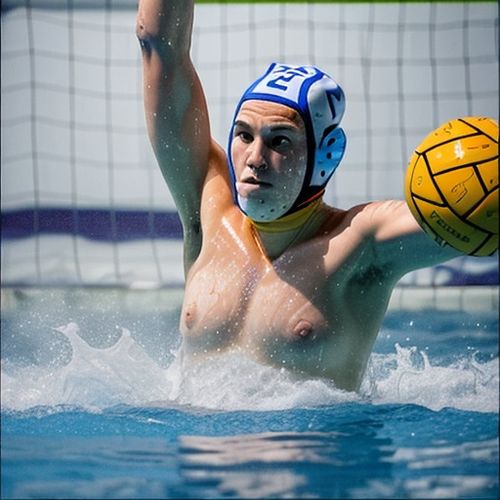
By Natalie Campbell/May 8, 2025
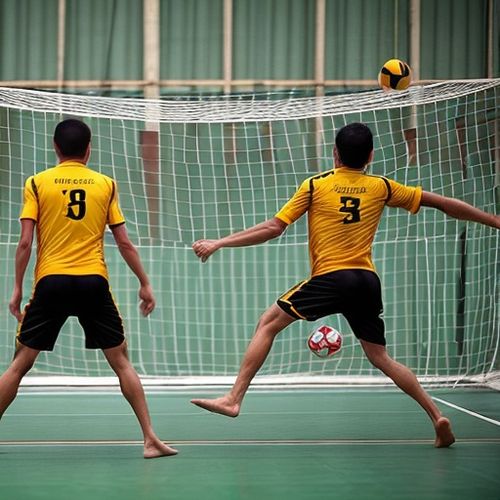
By Joshua Howard/May 8, 2025
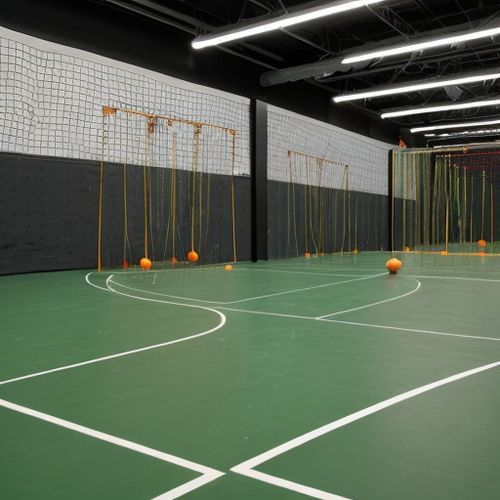
By Elizabeth Taylor/May 8, 2025
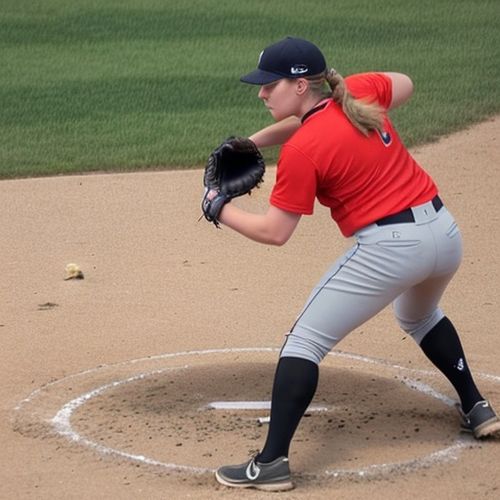
By Samuel Cooper/May 8, 2025
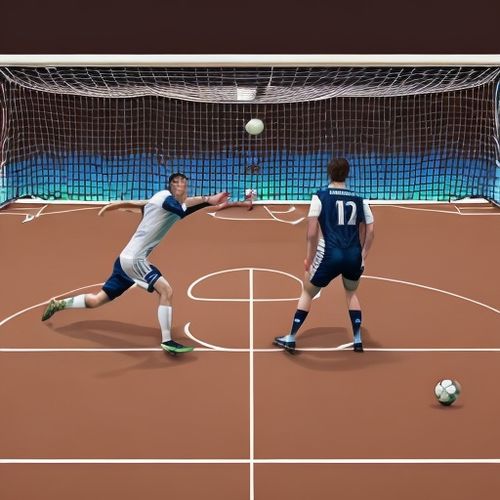
By Joshua Howard/May 8, 2025
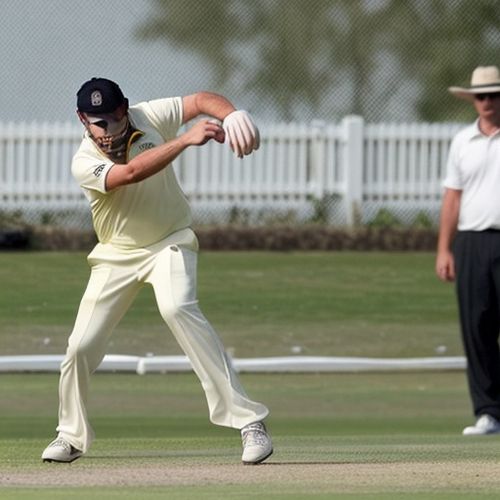
By Grace Cox/May 8, 2025
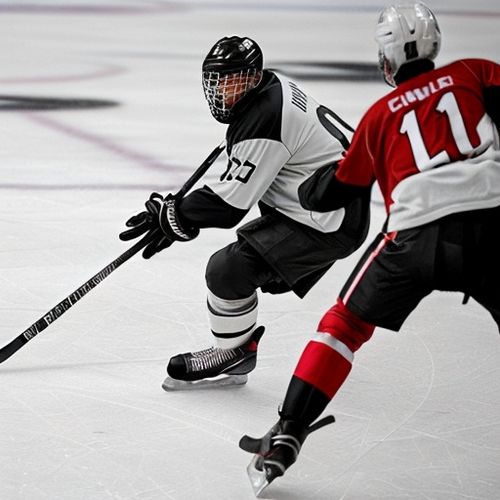
By Christopher Harris/May 8, 2025

By Samuel Cooper/May 8, 2025

By Sophia Lewis/May 8, 2025
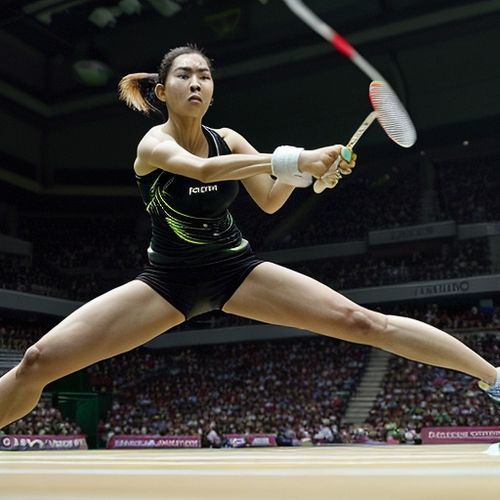
By Eric Ward/May 8, 2025
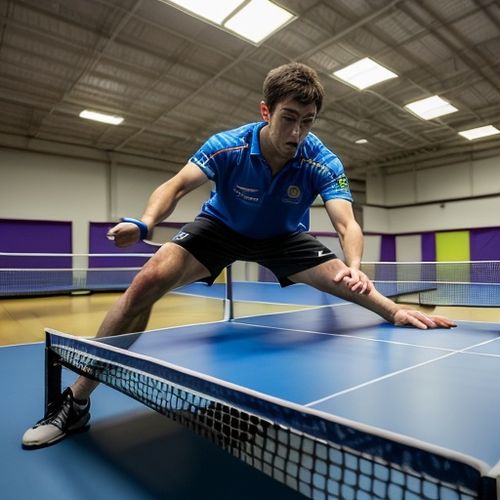
By Sarah Davis/May 8, 2025